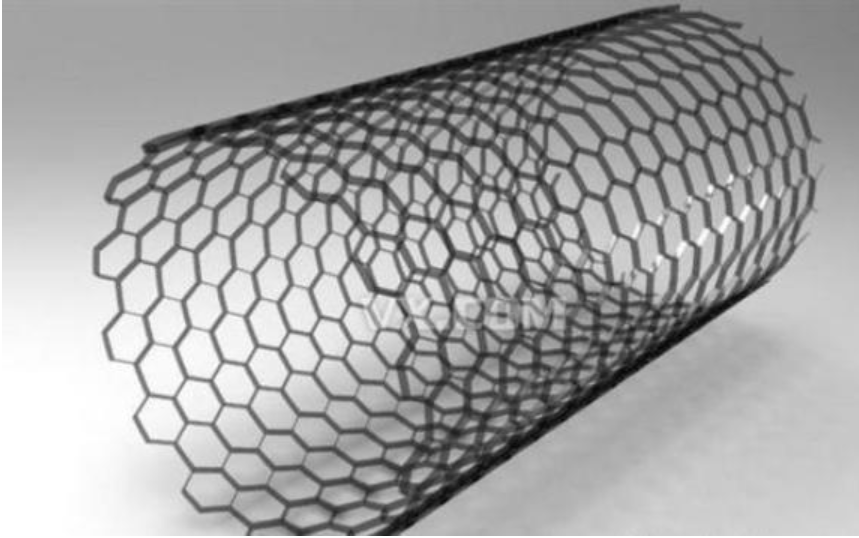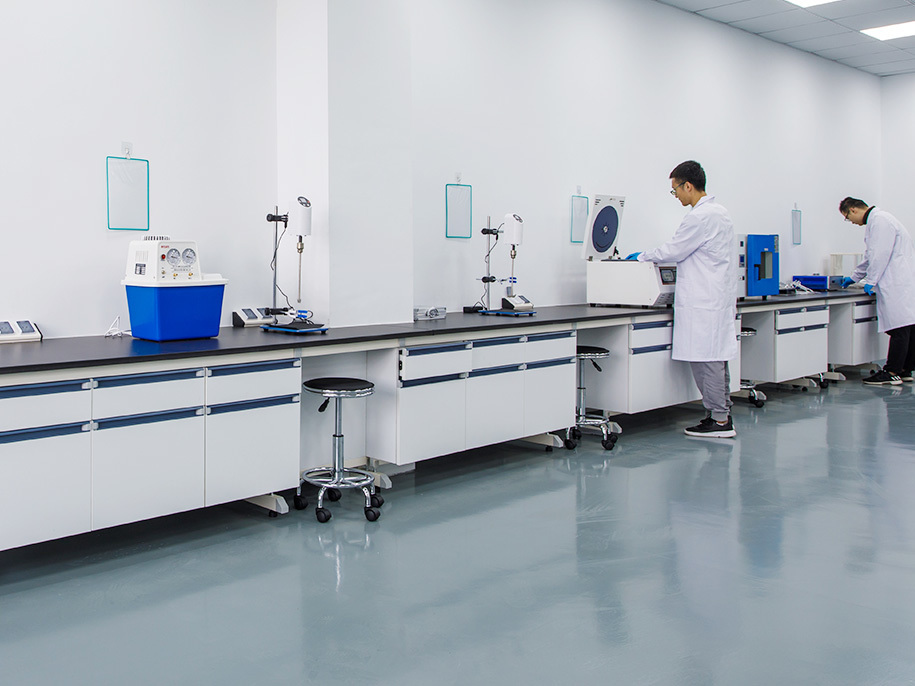Advantages of Iron-Based Precursors in Carbon Nanotube Production: Process Innovation and Environmental Benefits
Introduction
The use of iron-based precursors in carbon nanotube (CNT) production has gained significant attention due to their cost-effectiveness, catalytic efficiency, and environmental benefits. This article delves into the advantages of iron-based precursors, highlights process innovations, and explores their role in enhancing the sustainability of CNT manufacturing.

Why Iron-Based Precursors?
Iron is a widely used transition metal catalyst for CNT synthesis, particularly in chemical vapor deposition (CVD) processes. Its unique properties make it an ideal choice for large-scale and environmentally friendly CNT production.
1. High Catalytic Activity
- Mechanism: Iron-based catalysts facilitate the decomposition of hydrocarbon feedstocks, enabling efficient CNT growth.
- Result: Higher yield and quality of CNTs compared to other catalysts.
2. Cost-Effectiveness
- Source: Iron is abundant and inexpensive compared to noble metal catalysts such as platinum or palladium.
- Impact: Reduced production costs make CNTs more accessible for industrial applications.
3. Environmental Benefits
- Biodegradability: Iron oxides, a byproduct of the process, are non-toxic and environmentally benign.
- Sustainability: The use of iron aligns with green chemistry principles.
Process Innovations with Iron-Based Precursors
1. Chemical Vapor Deposition (CVD) Enhancements
Catalyst Preparation
- Innovations: Nanostructured iron-based catalysts with controlled particle size and dispersion.
- Advantages: Improved uniformity and growth rates of CNTs.
Feedstock Compatibility
- Examples: Effective with various hydrocarbon sources, including methane, ethylene, and bio-based precursors.
- Result: Versatility in raw material selection.
2. Growth Mechanism Optimization
Floating Catalyst Method
- Process: Iron-based catalysts are introduced as aerosols during CNT synthesis.
- Advantages: Enables continuous production of high-purity CNTs.
Fixed Catalyst Method
- Process: Iron catalysts are deposited on substrates before CNT growth.
- Advantages: Suitable for aligned CNT arrays used in electronics and energy storage.
3. Integration with Hybrid Systems
- Combining iron-based catalysts with secondary metals (e.g., cobalt, nickel) enhances CNT properties such as conductivity and mechanical strength.
Environmental and Sustainability Benefits
1. Reduced Energy Consumption
- Low Reaction Temperatures: Iron-based catalysts enable CNT synthesis at relatively low temperatures, reducing energy requirements.
2. Minimal Waste Generation
- Recyclability: Iron catalysts can be recovered and reused, minimizing waste.
- Eco-Friendly Byproducts: Oxidized iron residues can be repurposed for other applications.
3. Use of Renewable Feedstocks
- Example: Biomass-derived hydrocarbons paired with iron catalysts support carbon-neutral production processes.
Case Studies and Applications
1. Electronics Industry
- Application: CNTs synthesized using iron-based catalysts in flexible circuits.
- Impact: Enhanced electrical conductivity and cost reduction by 20% compared to palladium-based processes.
2. Energy Storage
- Application: CNTs in lithium-ion battery electrodes.
- Result: Improved capacity retention and charge-discharge rates.
3. Environmental Applications
- Example: Iron-catalyzed CNTs used in water filtration systems.
- Benefit: High adsorption efficiency for heavy metals and pollutants.
Future Directions in Iron-Based CNT Production
- Advanced Catalyst Design
- Focus on nano-engineered iron particles for precise control over CNT structure and chirality.
- Green Chemistry Integration
- Use of bio-sourced feedstocks and renewable energy in CNT production.
- Scalable Manufacturing Techniques
- Development of continuous-flow reactors for large-scale production.
Conclusion
Iron-based precursors offer a compelling combination of performance, cost-effectiveness, and sustainability in carbon nanotube production. Process innovations and environmental advantages position them as a cornerstone for the future of CNT manufacturing. Continued research and development will further enhance their role in advancing green manufacturing technologies.

